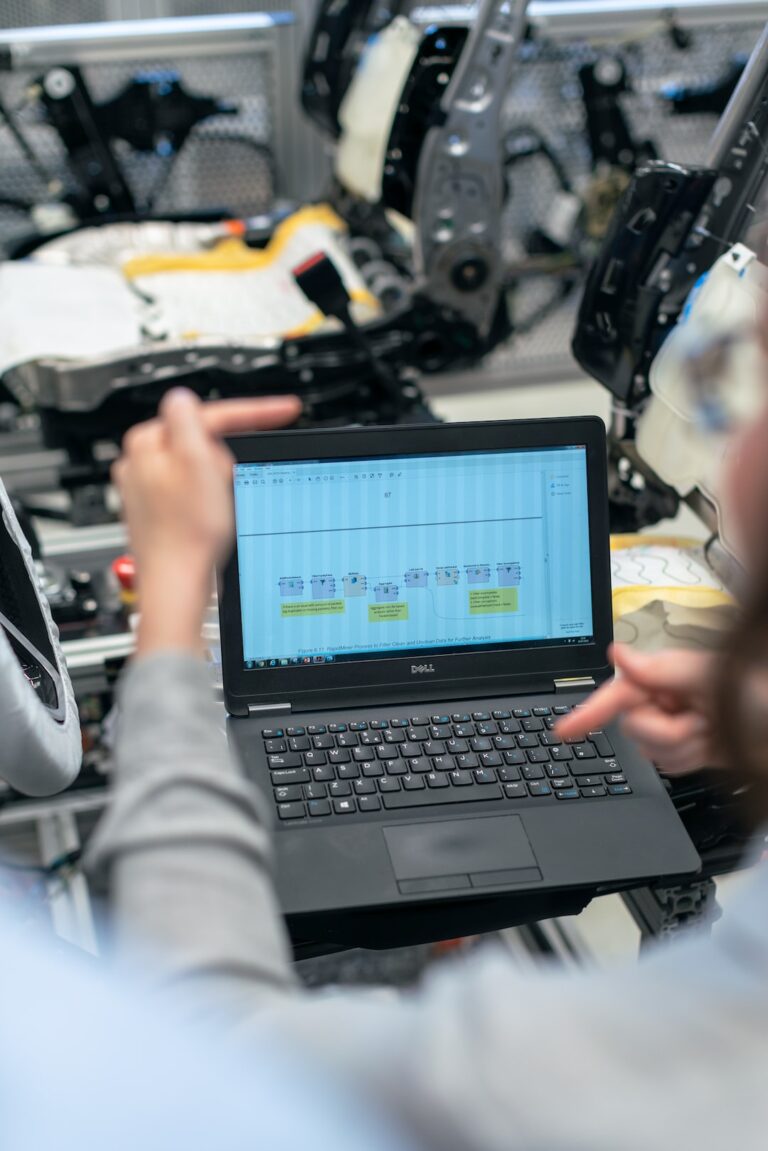In the ever-evolving world of blockchain and cryptocurrencies, the need for test environments is paramount. For those diving into the Mumbai Testnet, a question often arises: "How do we create a Mumbai Faucet?" In this guide, we'll explore this in depth, ensuring you're equipped with the knowledge to set up and operate your faucet effectively.
What is the Mumbai Testnet?
Mumbai Testnet, an essential part of the Polygon (previously Matic) network, serves as a sandbox for developers. This testnet allows them to experiment, test, and deploy dApps without any real financial implication.
Why Mumbai Testnet is Important
- Cost-Efficient: It saves developers from spending real cryptocurrencies.
- Safe Environment: Reduces risks associated with bugs or errors in the code.
- Realistic Scenarios: Mimics the mainnet's environment, allowing developers to get accurate test results.
Dive Into Creating the Mumbai Faucet
Creating a Mumbai Faucet can be broken down into a few core steps:
1. Setting Up the Environment
Before diving in, ensure that your system has NodeJS and NPM installed. It'll serve as the backbone for your faucet project.
npm install -g truffle2. Acquiring Mumbai Testnet Tokens
Before setting up the faucet, you'll need some testnet tokens. These tokens are available from the official Polygon Mumbai Testnet Faucet.
3. Crafting the Smart Contract
Utilize Solidity to write the smart contract for the faucet. This contract will handle the distribution of the Mumbai Testnet tokens to users.
pragma solidity ^0.8.0;
contract MumbaiFaucet {
address public owner;
constructor() {
owner = msg.sender;
}
modifier onlyOwner {
require(msg.sender == owner, "Not authorized");
_;
}
function dispenseTokens(address _receiver, uint256 _amount) public onlyOwner {
require(address(this).balance >= _amount, "Insufficient balance");
_receiver.transfer(_amount);
}
}4. Deploying the Smart Contract
Once the smart contract is ready, deploy it to the Mumbai Testnet using Truffle.
truffle migrate --network mumbai5. Building the Frontend
To make it user-friendly, design a simple web interface where users can request tokens. Tools like React or Vue can be instrumental here.
6. Connect and Distribute
With everything set up, users can now connect their wallets and request testnet tokens from your faucet!
Essential Tips for Operating Your Mumbai Faucet
- Rate Limit: Implement limits to prevent abuse and ensure a fair distribution.
- Monitor: Regularly check the faucet's balance and refill when necessary.
- Feedback System: Allow users to report issues or provide suggestions.
FAQ
1. What is the Mumbai Testnet? It's a test environment part of the Polygon network, allowing developers to test and deploy dApps without real financial implications.
2. Why do we need a faucet for Mumbai Testnet? Faucets provide testnet tokens to developers, enabling them to carry out various operations without any real-world costs.
3. How frequently should I refill my faucet? This depends on the demand. Monitor usage patterns and adjust accordingly.


